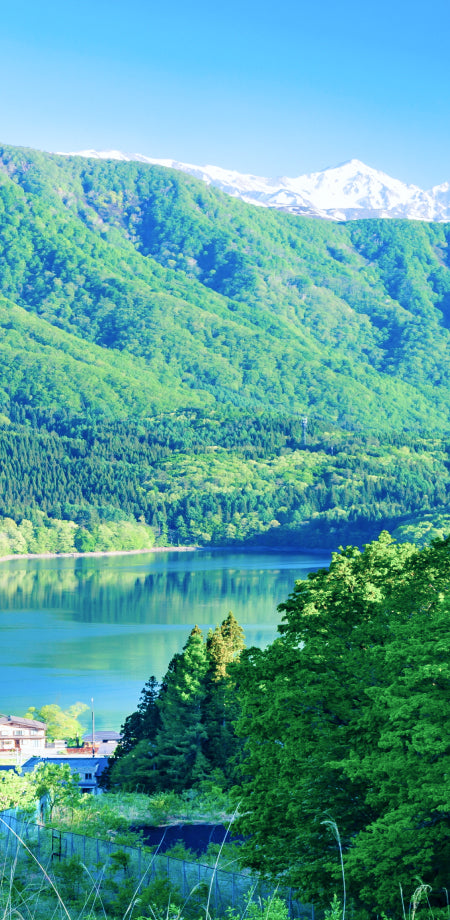投稿日:
更新日:
The beauty of Japan, the world of Mizuhiki, weaving traditions in Iida, is united with sincerity

SouthShinshuIida was a key point on the highway, and cultures from the East and West were once known asShinshuIt is also known as the Little Kyoto of the World, and various cultures have been cultivated. In addition, there is a wealth of kozo, which is the raw material for washi paper, and the production of washi paper has been a thriving experience since ancient times.
In light of this background, Iida Mizuhiki is currently continuing its career as an industry that boasts a national market share of approximately 70%, as a traditional craft that represents the region. We will unravel its history, get to know the thoughts of people, and get to know the charms of Iida Mizuhiki.
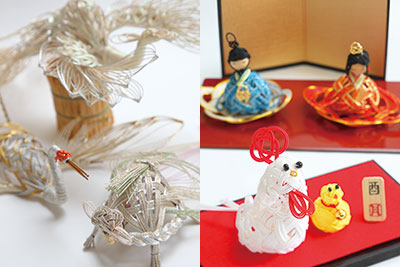
The genealogy of Iida Mizuhiki, born from Bunsai Genyu
The shape of beauty and sincerity created in Iida
The source of Iida Mizuhiki's history is the creation of paper strings that tie hair together, known as "genki." During the Edo period, when men also wore their beards, Genyu was produced nationwide, but Sakurai Bunshichi, also known for the rakugo "Bunshichi Genyu", was the one who spread the name Iida all over the country.
"Bunshichi took advantage of Iida Motoyu's characteristics of being "strong, beautiful and easy to fit in," and sold her to Edo, creating shiny, durable items. It seems that Bunshichi Motoyu quickly became a nationwide brand," said President Ohashi.
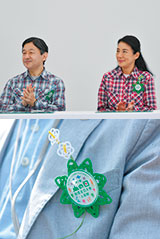
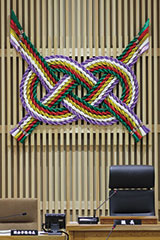
"Thanks to this, even after the haircut order was issued in the Meiji era, Motomu remained as an industry, and that technology was passed down to Mizuhiki."
Although the number of opportunities to be used as engagement gifts has decreased, new uses such as accessories and wrapping are increasing.
"To put a water-hung object is to wrap your heart around you. Even if the purpose and design change, your feelings will not change. I want to convey that clearly," he says.
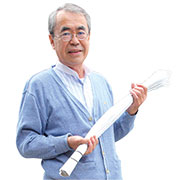
Ohashi Tsutomu, Chairman of Iida Mizuhiki Cooperative Association
There are 21 Mizuhiki manufacturing companies in Iida City, and although the company has declined since its peak, the union as a whole has been implementing various initiatives to promote Mizuhiki. Ohashi Tanji Co., Ltd., where the chairman serves as the president, still sells "Bunsai Genyu".

The finest raw water-spring that inherits traditional techniques
The deep texture of Mizuhiki created by hand-dyed hand Nonomura Mizuhiki Store manufactures "Fresh Mizuhiki", a paper string before crafting. Not only are the widely used colours such as gold, silver, red and white, but there are also some quirky ones, such as fluorescent colours and glitter, and there are a whopping 200 to 300 varieties. It is said that this is the only place in Iida where you can make so many varieties.
Another thing is that only Yoshiyuki is working on at Iida, the largest producer of Mizuhiki crafts in the country. It is the finest raw mizuhiki made by hand-painting and hand-dying without using machines. It is said that pinching a cloth into each piece and applying glue made from seaweed and white dye to smear it all at once is extremely forceful and is even more difficult than it looks.
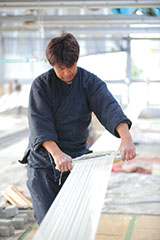
"If it stops halfway through, the glue will become loose and color unevenness will form. That's why you have to scratch it all from edge to edge at once," says Yoshiyuki.
This is a time-consuming finish with the skill of a craftsman, and the Mizuhiki has a unique texture that cannot be produced using a machine. Traditional techniques give you a glimpse into the deep world of Mizuhiki.

Nonomura Yoshiyuki, CEO of Nonomura Mizuhiki Branch
His third generation master. He is currently the only craftsman who carries out hand-dying and hand-dying, and has inherited the production of the raw mizuhiki "Red" that was revived by the Imperial Household Agency, a product of the Imperial Household Agency. Kyoko, a charming wife from Iida who supports the family business, is perfect for her.

The tradition of Iida Mizuhiki, which changes, evolves, and woven
All other forms of shapes are tied together by hand Kinoshita Mizuhiki is responsible for the craftsmanship of raw mizuhiki in a variety of shapes. Even now that mechanization has progressed, all the work processes are done by hand. As a result, a characteristic of the Mizuhiki industry is that it has a large number of staff besides employees, and it seems that there are still 200-300 home-workers around Iida, and there are also staff overseas, such as China and Vietnam.
「水引細工の作業は1人1工程の分業制が基本。ひとりで全工程を行うより、同じパーツを手掛けた方が精度も効率も良くなるんですよ」と語る木下社長のところでは、少量生産の高級品だけなく日常で使える商品も多く、お正月飾りだけでも約180万個を手掛けています。

"For Iida, Mizuhiki is an important local industry. I think that tradition will continue to be woven in the future by making it affordable, incorporating new designs, and meeting modern needs. I would be happy if we could further evolve Mizuhiki, just as Motoyu was handed down to Mizuhiki," says President Kinoshita.

Kinoshita Shigeru, CEO of Kinoshita Mizuhiki Co., Ltd.
He is the second generation who succeeded his father and ran Kinoshita Mizuhiki Co., Ltd., which was founded 55 years ago. They also run the Mizuhiki Museum and a tourist drive-in to help people feel more familiar with Iida's Mizuhiki. Ginza NAGANO He also serves as a lecturer at Mizuhiki Experience Event.















